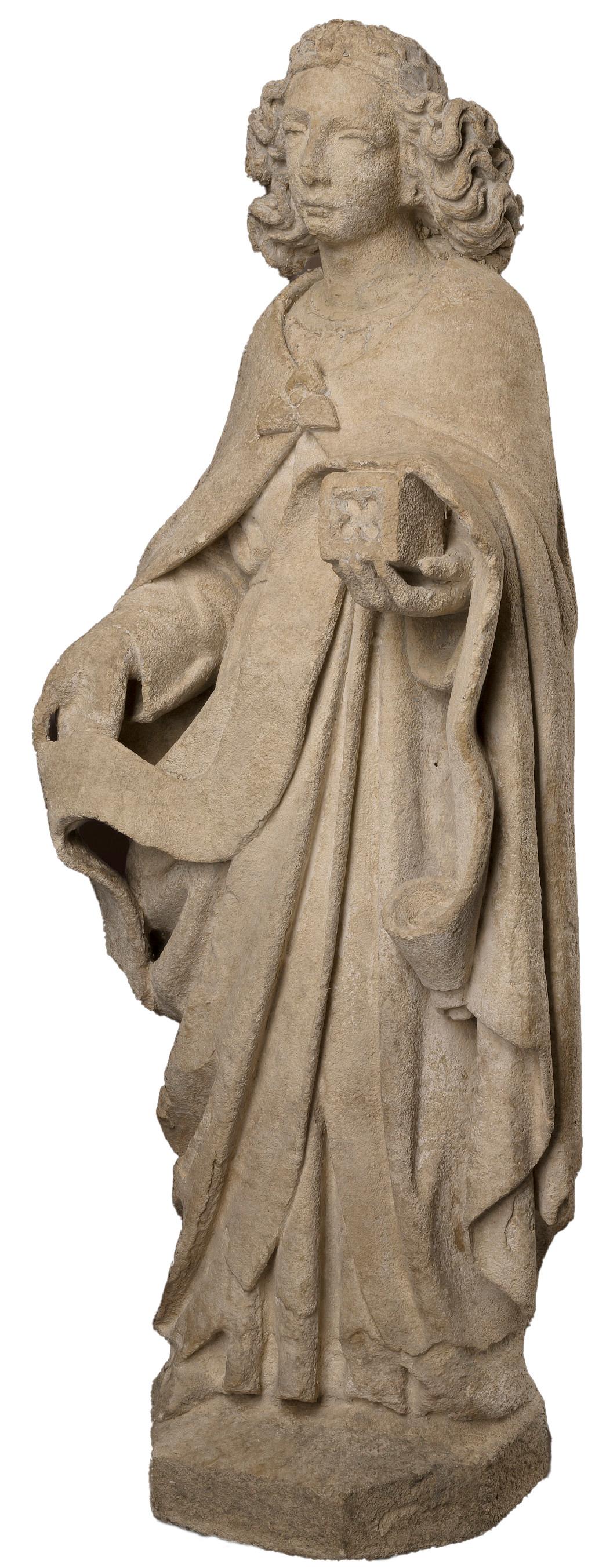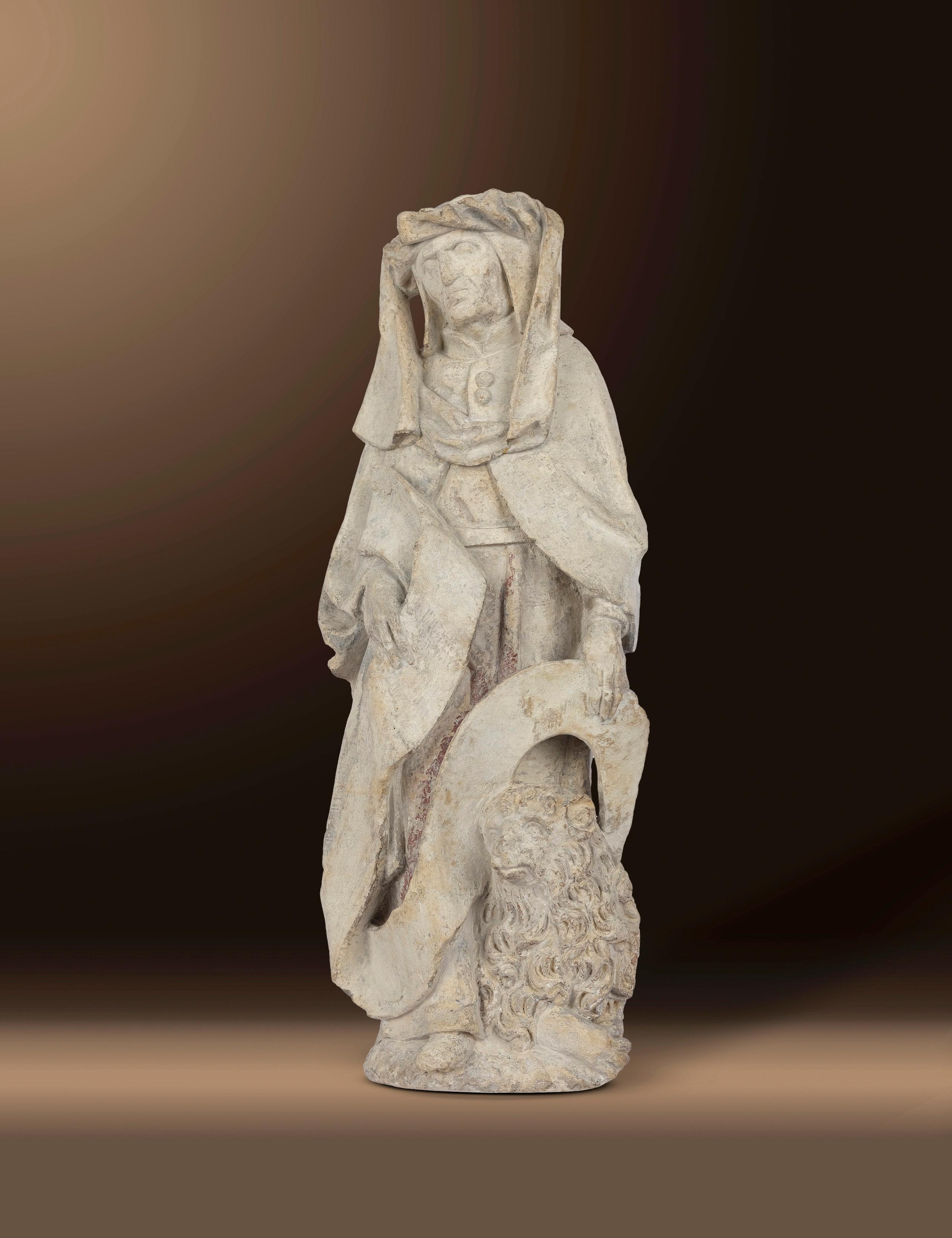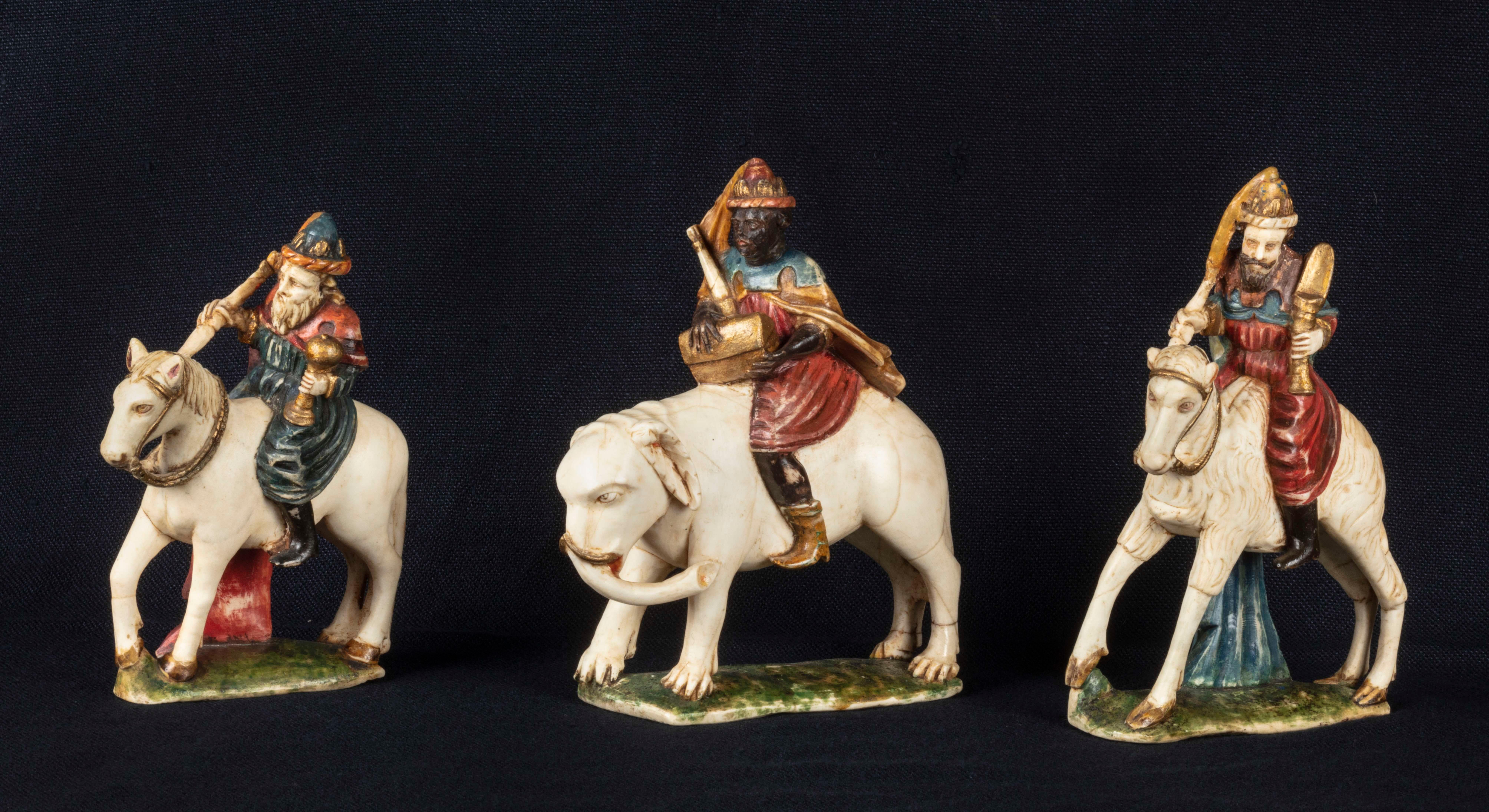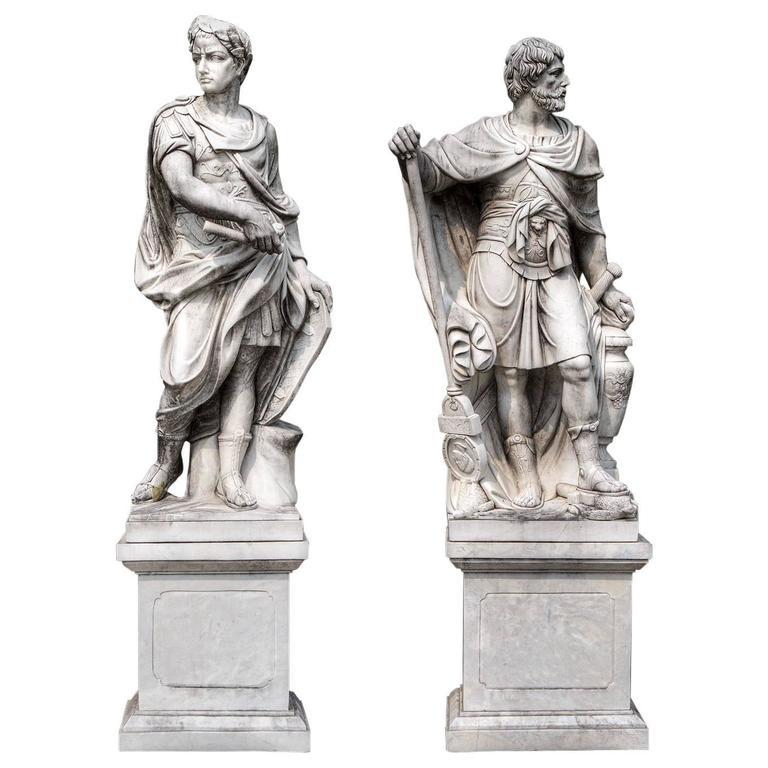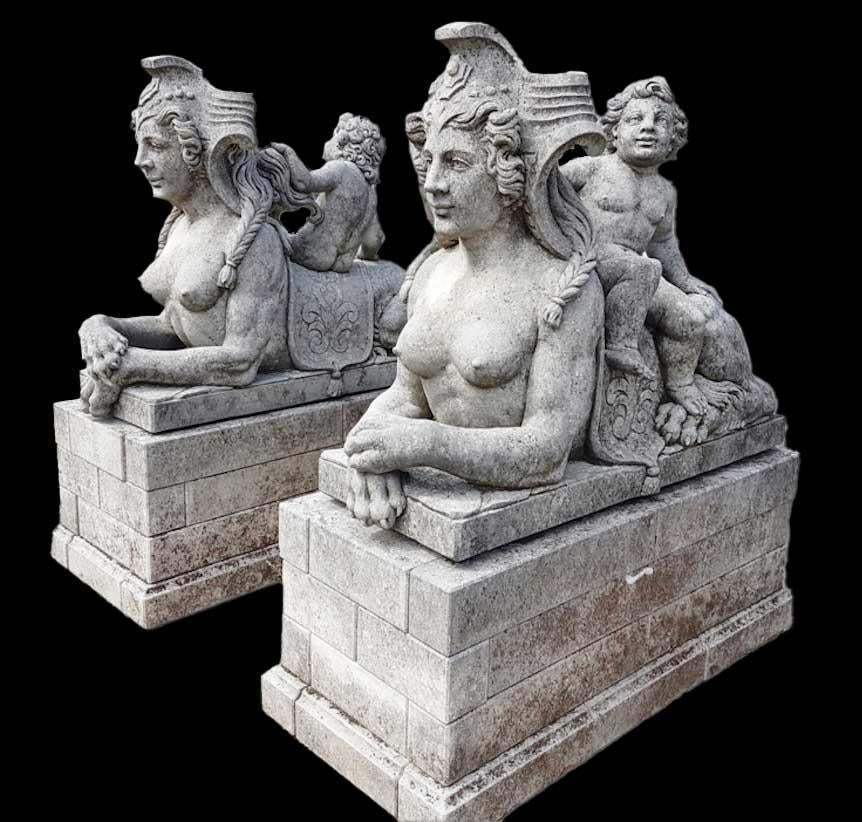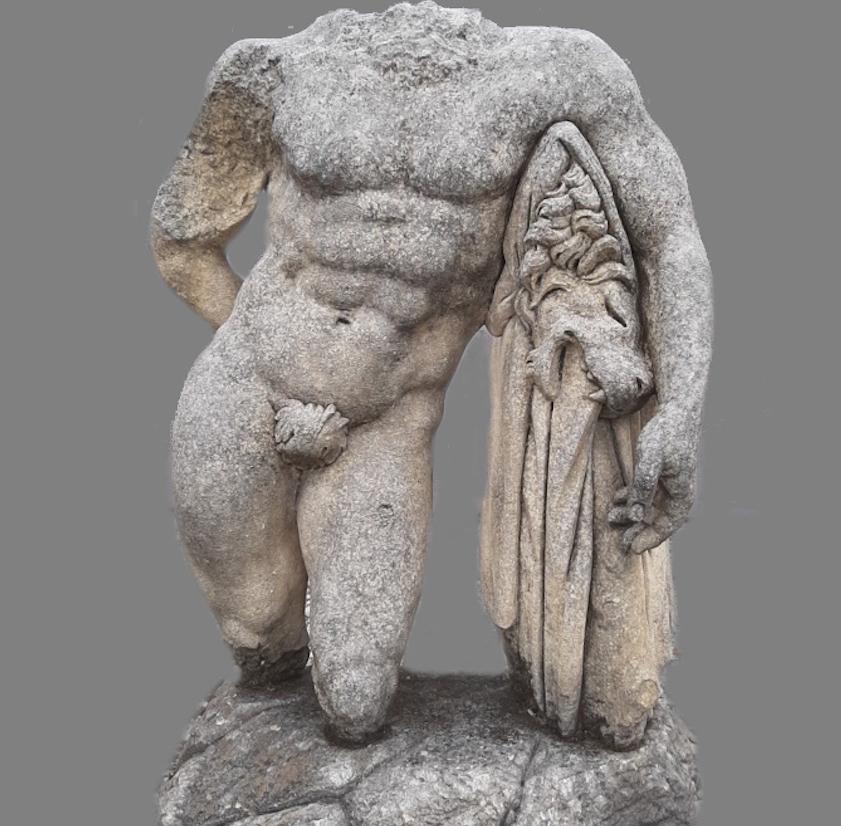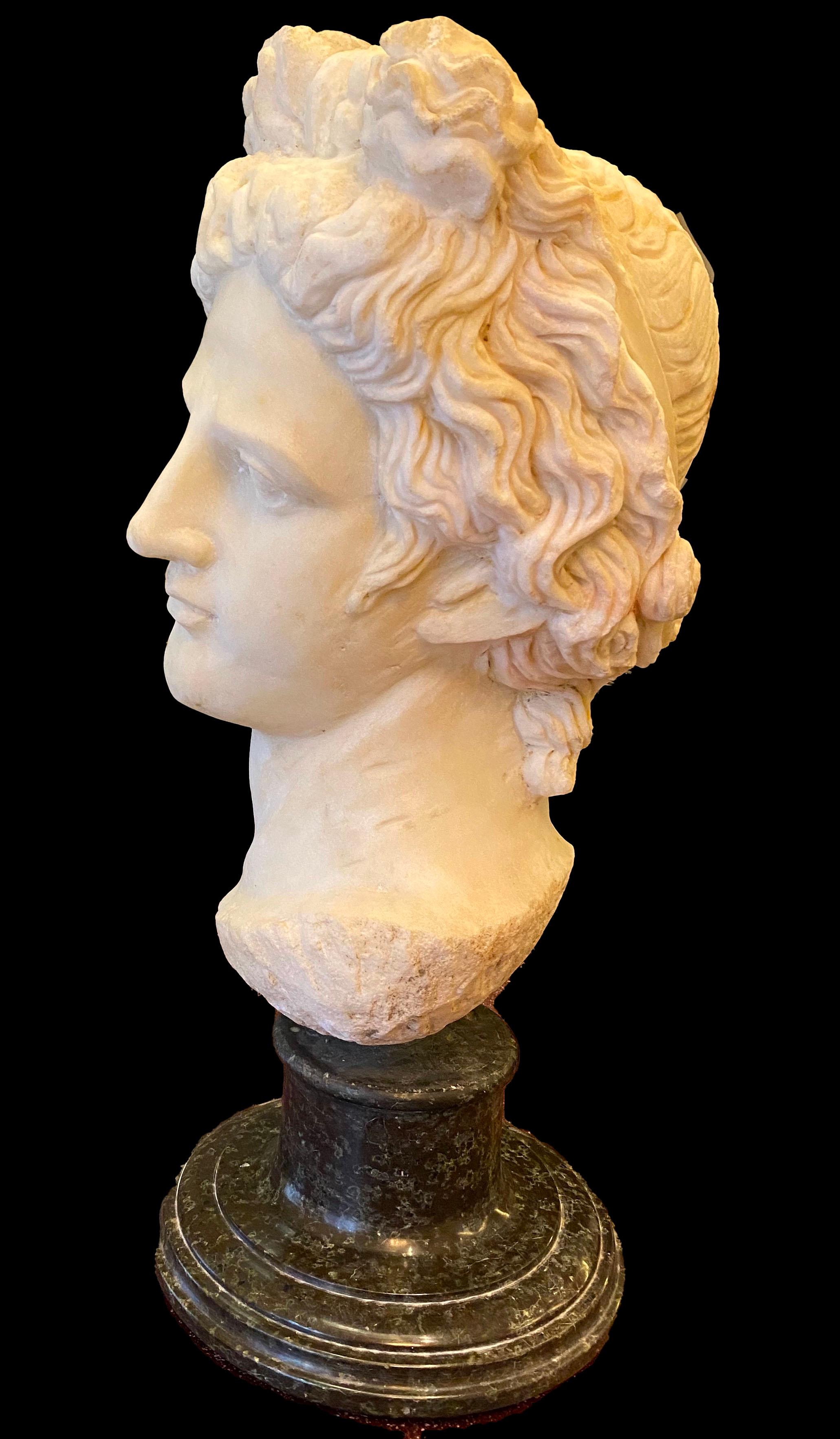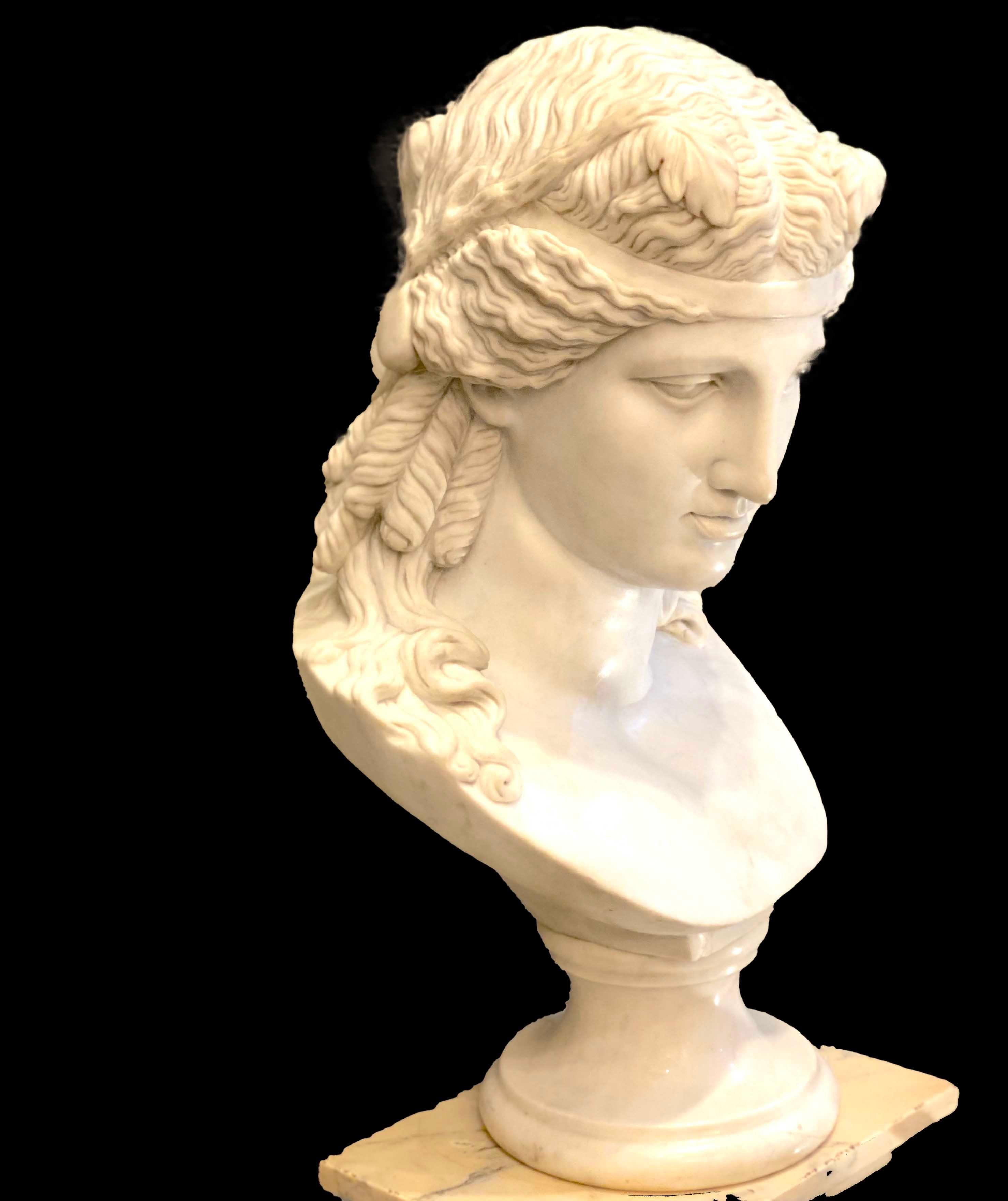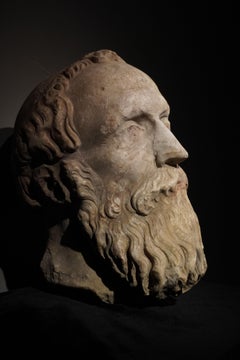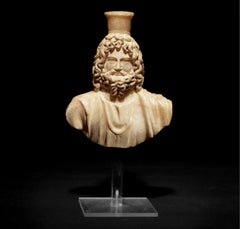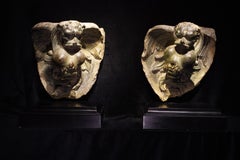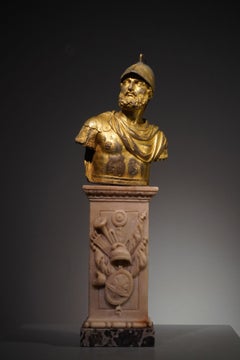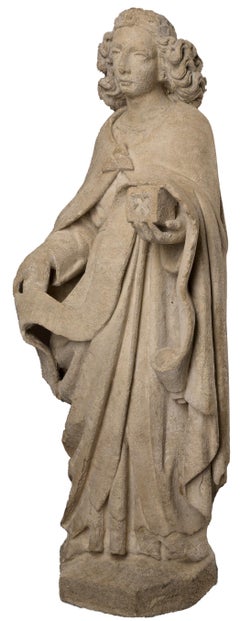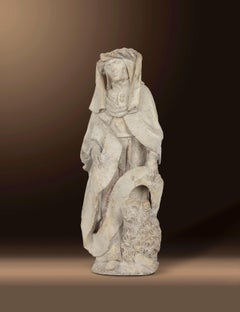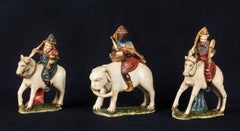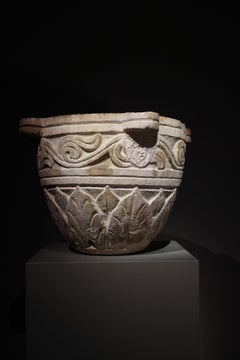
ITALIAN ANTIQUE MORTAR WITH FLORAL DECORATIONS AFTER THE ANTIQUE
View Similar Items
Want more images or videos?
Request additional images or videos from the seller
1 of 10
UnknownITALIAN ANTIQUE MORTAR WITH FLORAL DECORATIONS AFTER THE ANTIQUE
About the Item
- Dimensions:Height: 9.85 in (25 cm)Width: 14.18 in (36 cm)Depth: 14.18 in (36 cm)
- Medium:
- Period:
- Condition:
- Gallery Location:Milan, IT
- Reference Number:1stDibs: LU1544215109732
About the Seller
5.0
Vetted Professional Seller
Every seller passes strict standards for authenticity and reliability
Established in 2020
1stDibs seller since 2021
7 sales on 1stDibs
Typical response time: 13 hours
Authenticity Guarantee
In the unlikely event there’s an issue with an item’s authenticity, contact us within 1 year for a full refund. DetailsMoney-Back Guarantee
If your item is not as described, is damaged in transit, or does not arrive, contact us within 7 days for a full refund. Details24-Hour Cancellation
You have a 24-hour grace period in which to reconsider your purchase, with no questions asked.Vetted Professional Sellers
Our world-class sellers must adhere to strict standards for service and quality, maintaining the integrity of our listings.Price-Match Guarantee
If you find that a seller listed the same item for a lower price elsewhere, we’ll match it.Trusted Global Delivery
Our best-in-class carrier network provides specialized shipping options worldwide, including custom delivery.More From This Seller
View AllITALIAN RENAISSANCE PORTRAIT HEAD OF BEARDED MAN
Located in Milan, IT
PORTRAIT HEAD OF BEARDED MAN
Central Italy, 16th/17th Century
marble with traces of polychromy
height 39 cm
height 15 1/4 in
Category
16th Century Figurative Sculptures
Materials
Marble
ANCIENT ROMAN ALABASTER BUST OF THE GOD SERAPIS, ROME CIRCA 1ST-2ND CENTURY A.D.
Located in Milan, IT
Wearing a chiton with a himation draped at the left shoulder, and a modius on the crown of his head, the god's characteristic luxuriant wavy hair falling in ri...
Category
15th Century and Earlier Figurative Sculptures
Materials
Alabaster
ANTIQUE ITALIAN ARCHITECTURAL ELEMENTS WITH CHIMERAS
Located in Milan, IT
ARCHITECTURAL RELIEFS WITH CHIMERAS
Central Italy, 16th Century
green marble
26 x 25 cm
10 1/4 x 9 3/4 in
Category
16th Century Figurative Sculptures
Materials
Marble
ANTIQUE FRENCH GILT BRONZE FIGURE OF MARS
Located in Milan, IT
BRONZE FIGURE OF MARS, 18th Century
gilt bronze on marble base
35.6 x 8.9 x 7.6 cm
14 x 3 1/2 x 3 in
Category
18th Century Figurative Sculptures
Materials
Marble, Bronze
ANTIQUE ITALIAN ARCHITECTURAL FRAGMENT OF PLINTH IN 'BRECCIA MEDICEA' MARBLE
Located in Milan, IT
BRECCIA FRAGMENT PLINTH
Italy, 18th Century
Breccia medicea
55 x d 25 cm
21 3/4 x d 9 3/4 in
Category
18th Century More Art
Materials
Marble
GROTESQUE MASK
Located in Milan, IT
GROTESQUE MASK
Italy, 15h Century
stone
30 x 31 x 20 cm
11 3/4 x 12 1/4 x 7 3/4 in
Category
15th Century and Earlier Figurative Sculptures
Materials
Stone
You May Also Like
Standing Engel
Located in Wien, Wien
Standing angel with banner
Flemish
Around 1450/60
Sandstone
60 x 21 x 15 cm
This museum figurine shows a standing angel with a banner in his right hand and a small box in his left. The youthful, ageless figure wears a coat held together with a triangular, floral brooch in front of the chest over a long robe. The angel’s gaze is directed forward, his head tilted slightly to the left. The elongated face is sculpted: the large almond-shaped eyes with accentuated upper and lower eyelids are alertly open and sharp eyebrows lead directly into the root of the nose. The straight nose above the pronounced mouth completes the idealized oval face of the angel and his calm, internalized facial expression. What is particularly remarkable, however, is the magnificent curls, which are only partially tamed by a simple headband. As if puffed up by the wind, the hair, which is sometimes streaked in parallel, sometimes wildly twisted and richly curled, stands out dynamically from the ears. The tilted head with these sideways protruding waves of hair thus conveys an immediate impression of movement. The physicality of the sculpture is expressed particularly through this organic, lifelike movement of the loosened hair.
The lively overall impression of the figure is further enhanced by the multiple rolled banners that the angel presents to the viewer. The outstretched palm of the right hand appears both intimate and confidential as well as mystically revealing. This banderole winds in gentle curves in front of the figure’s body, throws a fold over the second attribute in the angel’s left hand and falls downwards in a loose manner. The volute-shaped rolled up end of the banner clearly shows the fine texture of the banner and at the same time draws the viewer’s attention to the small cube-shaped box that the angel is holding in its slender, long-limbed fingers. The cube is decorated with a Gothic quatrefoil motif, which is often seen in the architectural tracery of windows, but was also often used to decorate caskets and other small treasures. The sweeping gestures in the presentation of the attributes suggest three-dimensionality, in contrast to the tubular folds at the base of the neck and the intricate draperies in flat and multiple overlapping garment sections. The soft curves of the folds give the impression that the clothing is made of a heavy fabric that falls diagonally down the front and is laid in several bowl folds under the right hand.
Overall, the sculptural work testifies to the highest artistic skill, which emphasizes the virtuosity of sculpture in its precious and representative overall impression. The memorable characteristics recognizable here can be seen in comparable pictorial works from Utrecht around the middle of the 15th century, when sculptural art – especially stone sculpture – was characterized by a remarkably high quality. Particularly noteworthy is the accentuated Utrecht head type with an elongated oval face, almond-shaped eyes with heavy lids and dense, vividly protruding tufts of hair framing the head. For example, the figure is comparable to a capital of an angel on the east side of the rood screen of the Joriskerk in Amersfoort (province of Utrecht) from the second quarter of the 15th century. Not only the physiognomy and hair, which in the comparative example stand somewhat more horizontally to one side, but also the garment puff above the girdle are similar. Even more related motifs, such as the cleverly placed bowl folds, can be found on the limestone figure...
Category
15th Century and Earlier Figurative Sculptures
Materials
Sandstone
Hl. Hieronymus
Located in Wien, Wien
St. Jerome
347 Stridon, Croatia - 420 Bethlehem
Around 1500/20
Limestone
Remains of the original polychromy
Height 45 cm
The man with the holy name!
347 Stridon, Croation – 420 Be...
Category
16th Century Figurative Sculptures
Materials
Limestone
The Three Magi
Located in New York, NY
Provenance: Private Collection, Spain.
Known as Peruvian alabaster for its translucency and workability, Piedra de Huamanga is a highly prized material from the province of Ayacucho in Peru. In the 17th and 18th centuries, local craftsman in the town of Huamanga began to specialize in the production of small-scale, polychrome religious sculptures made from this distinctive stone. Huamanga sculptures are among the most accomplished examples of carving from the Spanish Americas, where polychrome wood sculpture was a far more common sculptural medium. These works, which were created as independent sculptures or as sculptural groups—such as our three Magi—were intended for ecclesiastical as well as domestics settings.
Our three figures likely formed part of a larger Nativity group—a New World variant of the tradition of the Neapolitan Crèche...
Category
Late 18th Century Figurative Sculptures
Materials
Alabaster
Apollo Marble Bust Sculpture of Grand Tour Mythological subject 1850'
Located in Rome, IT
Finely carved mythological subject in white Carrara marble of Apollo bust .
Category
20th Century Academic Figurative Sculptures
Materials
Marble
$6,518 Sale Price
30% Off
Monumental Pair of White Marble Sculptures of Classical Figures
Located in Rome, IT
Standing figure of Julius Caesar wearing a Tunic and holding a billowing drapery with a composition marble square-section pedestal.
. The other figure is of Hannibal.
Provenance fro...
Category
Late 20th Century Modern Figurative Sculptures
Materials
Marble
Pair of Exceptional Italian Sphinx Limestone Statues
Located in Rome, IT
Designed as entrance guardians, this pair of mythical lady sphinx statuary display the head and chest of a neoclassical woman and the body of a recumbent lion on a rectangular stone ...
Category
2010s Baroque Figurative Sculptures
Materials
Limestone
